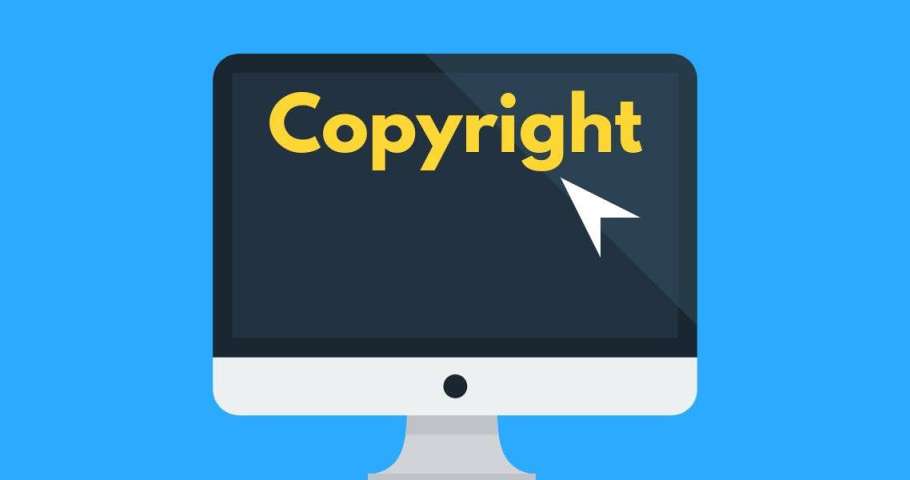Udta Punjab, the recently released bollywood movie on substance abuse prevalent in Punjab has been mired in controversy from the beginning. Earlier, when the movie had commenced its shooting,the production unit faced trouble for not taking mandatory permission from the district administration and police authorities of Amritsar. However, recently the movie drew attention due to its certification and censorship by the Central Board of Film Certification (CBFC) which became the bone of contention between the producers and the CBFC. In…









